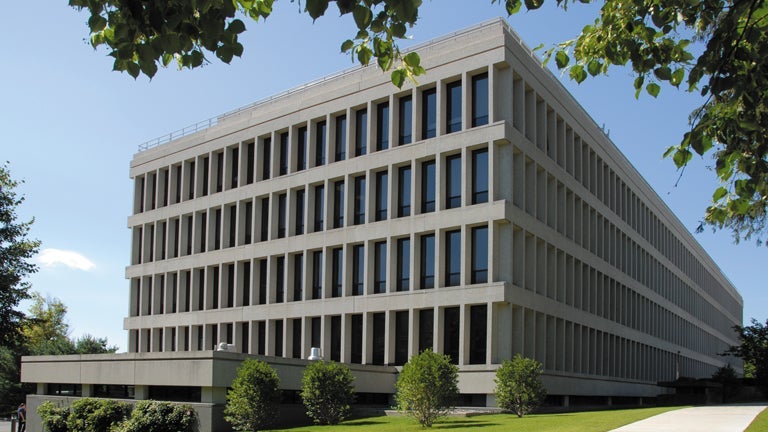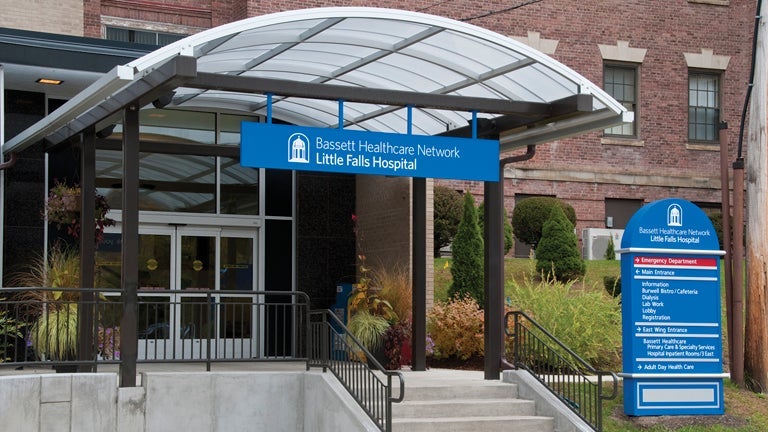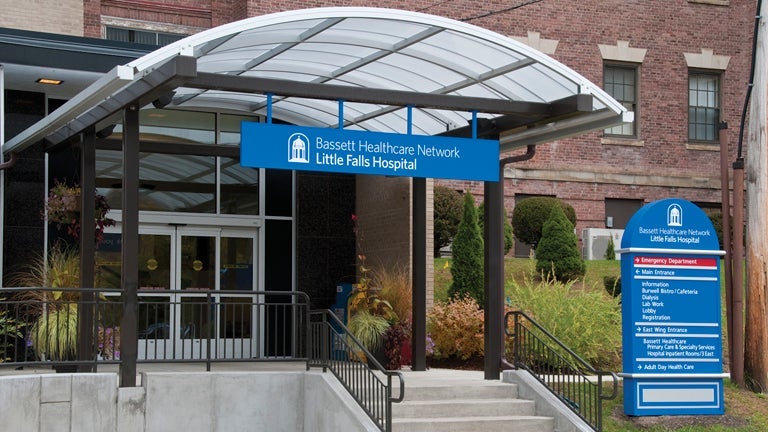Female Urinary Incontinence
Urinary Incontinence
Nearly 50 percent of women experience urinary incontinence or urine leakage. Although it is often seen as an embarrassing condition and may be hard to talk about, you aren’t alone — and there is help.
The most common types of female urinary incontinence include:
- Stress incontinence — involuntary loss of urine caused by strenuous physical activity, laughing, coughing, or sneezing
- Urge incontinence (overactive bladder) — involuntary loss of urine that occurs due to a sudden urge to urinate
- Mixed incontinence — when stress and overactive bladder symptoms are present at the same time
Causes of Female Urinary Incontinence
Urinary incontinence can be caused by many different factors. Common causes include:
- Age
- Smoking
- Bladder irritation or disease
- Diabetes or obesity
- Menopause
- Neurological conditions
- Prior surgery
- Prolapsed bladder
- Spinal cord injury
- Vaginal birth or pregnancy
Diagnosis of Female Urinary Incontinence
Bassett Healthcare Network’s women’s health specialists expertly diagnose female urinary incontinence and other pelvic floor disorders. We test for urinary incontinence using urodynamics, cystoscopy procedures, and imaging tests, including x-rays, ultrasounds, and CT scans.
Urodynamic testing involves filling the bladder using a catheter to assess normal and abnormal bladder sensation and function. Cystoscopy procedures involve inserting a lighted scope into the urethra to visualize the bladder and discover any abnormalities.
Treatment for Female Urinary Incontinence
Once our doctors have an appropriate diagnosis, 75% of woman can see improvement in symptoms with behavioral modifications, pharmacological medications, and physical therapy.
Behavioral Modifications
Behavior modifications may help reduce your symptoms, including limiting the amount you drink, avoiding caffeine, carbonated beverages, spicy food, and citrus drinks. Weight-loss, exercise, quitting smoking, Kegel exercises, and bladder training can also help with incontinence.
Kegel Exercises
Practice these exercises to help strengthen the muscles that help hold urine in the bladder:
- When you are urinating, try only once to stop your urine stream by tightening your pelvic muscles. You will then feel which muscles you need to tighten (otherwise, do NOT do Kegel exercises during urination)
- After identifying the weak muscles, practice tightening them for five seconds while you are at home
- Then fully relax the muscles for five seconds. You should try to control both the tightening and the relaxing of these muscles
- Repeat this exercise 8 – 10 times, at least three times a day
Bladder Training
This plan will help you regain control of your bladder. The goal: urinating every three to four hours during the day without fear of wetting accidents.
Do your best to follow the same schedule each day during waking hours. You may need to get used to the idea that you can wait longer before going.
Timed Voiding
- Try to increase your time between bathroom visits during the day (wait 15 minutes longer)
- When you can wait that long without a problem for 1 week, try to further increase the wait time
Control Tips
- Perform four to five pelvic muscle contractions. This may help calm the urge to urinate
- Try to distract yourself (sit down and take five to six deep breaths)
Most patient use one or more of these strategies to succeed. Simple changes such as these can have a major impact on your life. Keeping a voiding diary is a great way to help yourself and our specialists visualize potential causes of incontinence issues. Download our voiding diary to begin tracking your fluid intake, voids, urges, accidents, and activities that may have caused urges or accidents.
Non-surgical Treatments
Non-surgical treatments of female urinary incontinence include:
- Botox — used to decrease pressure and calm your bladder
- Electrical stimulation — Percutaneous Tibial Nerve Stimulation (PTNS) is an FDA-approved treatment that delivers electrical stimulation to control overactive bladder
- Electromagnetic therapy — BTL EMSella is a non-surgical, non-invasive treatment for stress and urge urinary incontinence. The treatment is delivered by comfortably sitting in an ergonomic chair, fully clothed, while electromagnetic technology penetrates the targeted tissues of the pelvic floor and stimulates the muscles, building up muscle strength and restoring the support for the pelvic organs
- Medications and devices — to treat a variety of urogynecologic issues
Minimally Invasive Procedures
If non-surgical treatments do not bring you relief, we also offer minimally invasive procedures to help control urinary incontinence, including mesh slings. Studies show that even after seven years following the sling procedure, up to 86% of patients remained completely dry, and 11% have significant improvement of symptoms.
Comprehensive Care for Female Urinary Incontinence
Bladder issues are very common in women over 50 or women who have just given birth. If you notice that you can’t control your bladder or have an involuntary release of urine enough to change your daily routine, call your doctor to make an appointment.
Bassett Healthcare Network offers diagnosis and treatment for female urinary incontinence in Central New York, including in Cooperstown, Cobleskill, Hamilton, Herkimer, and Oneonta.




